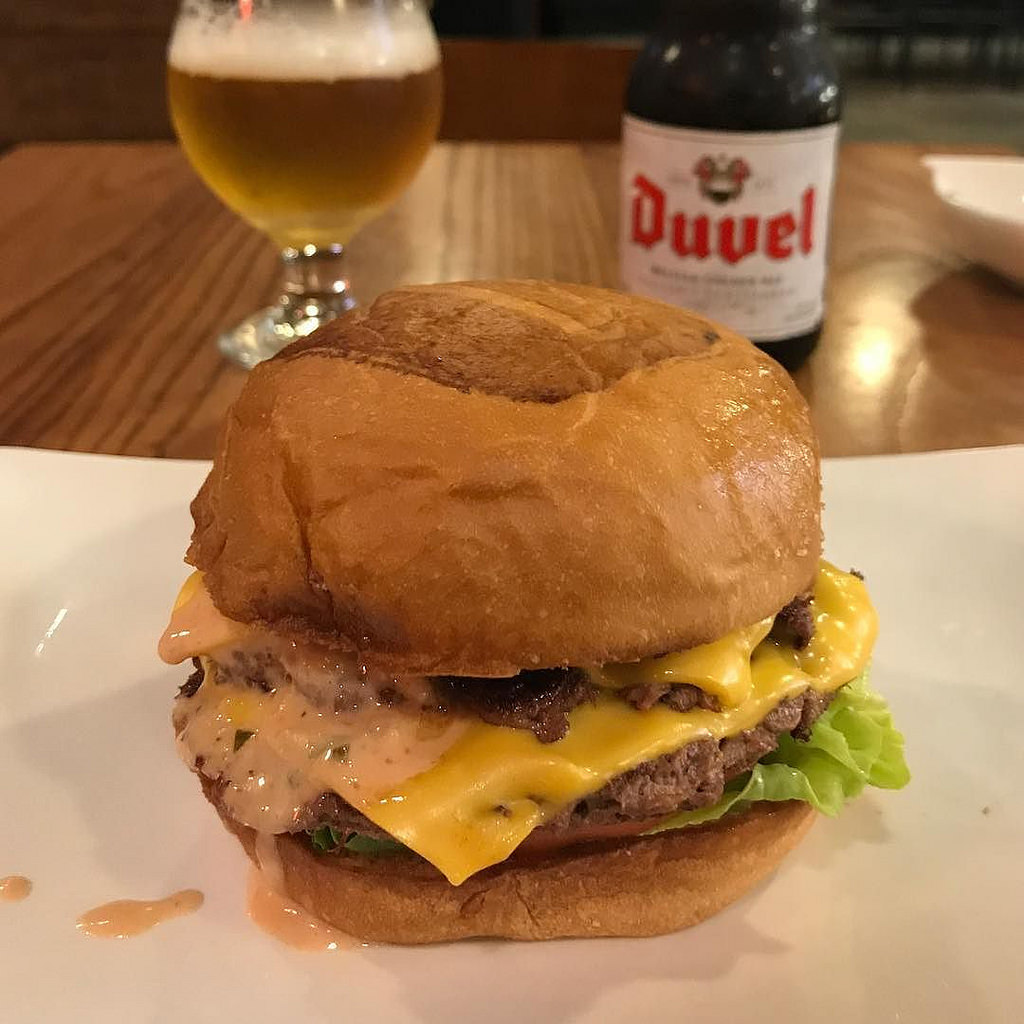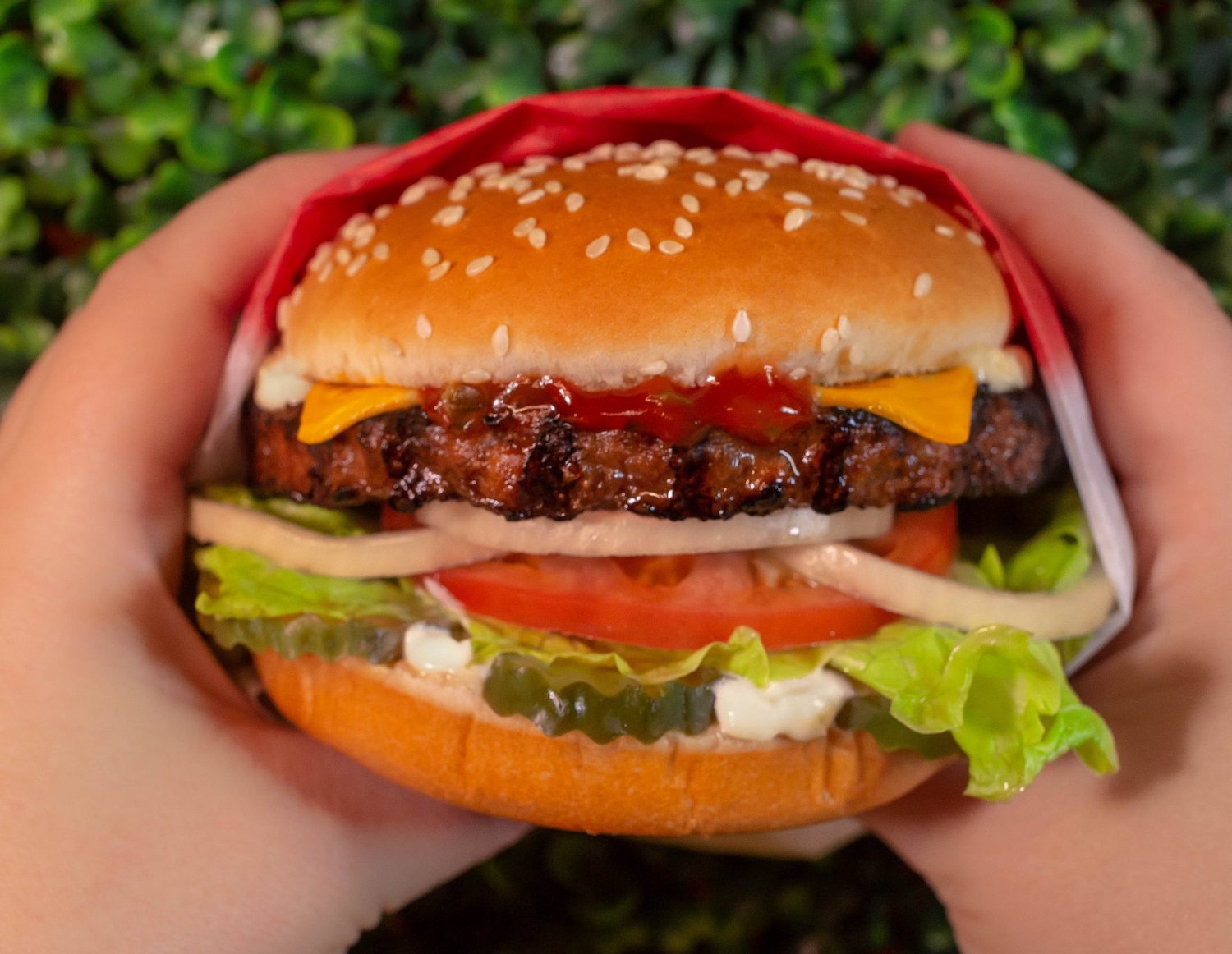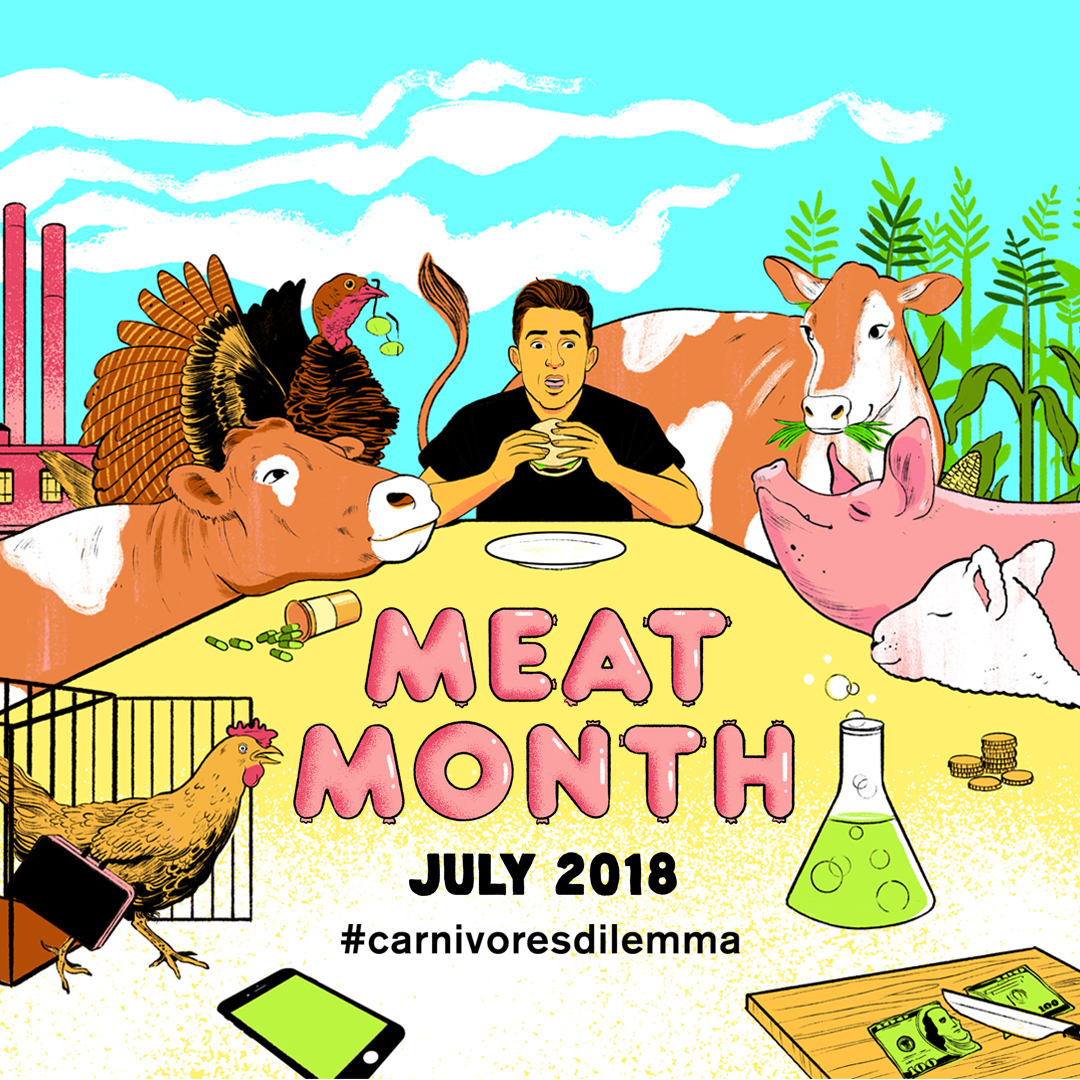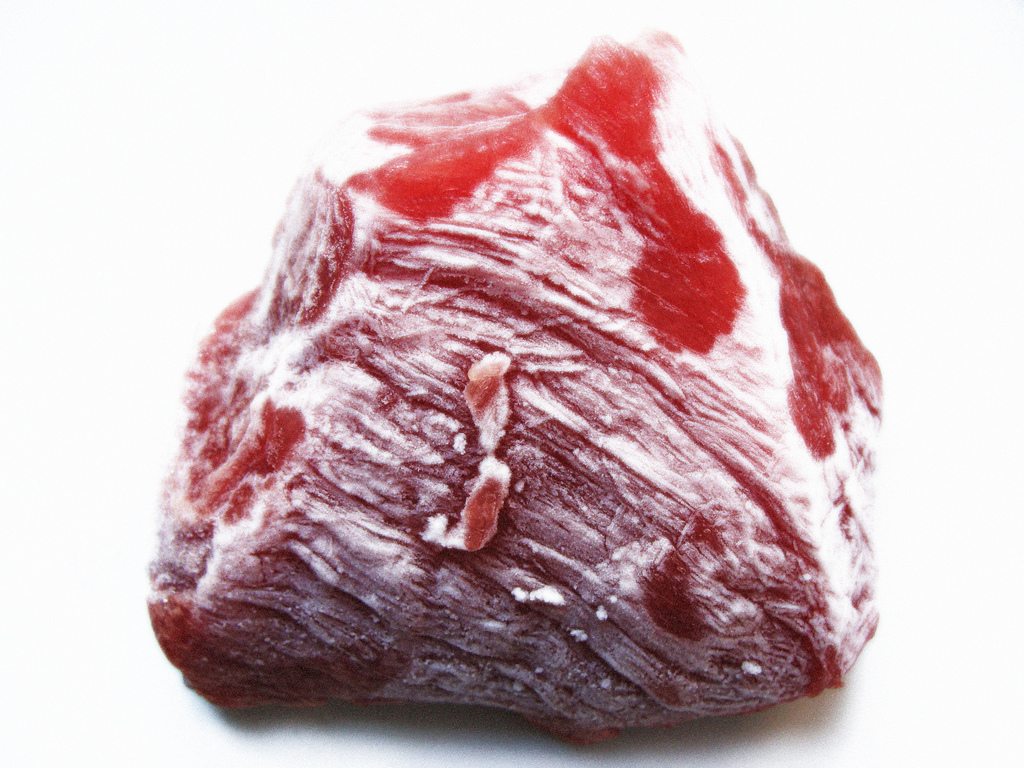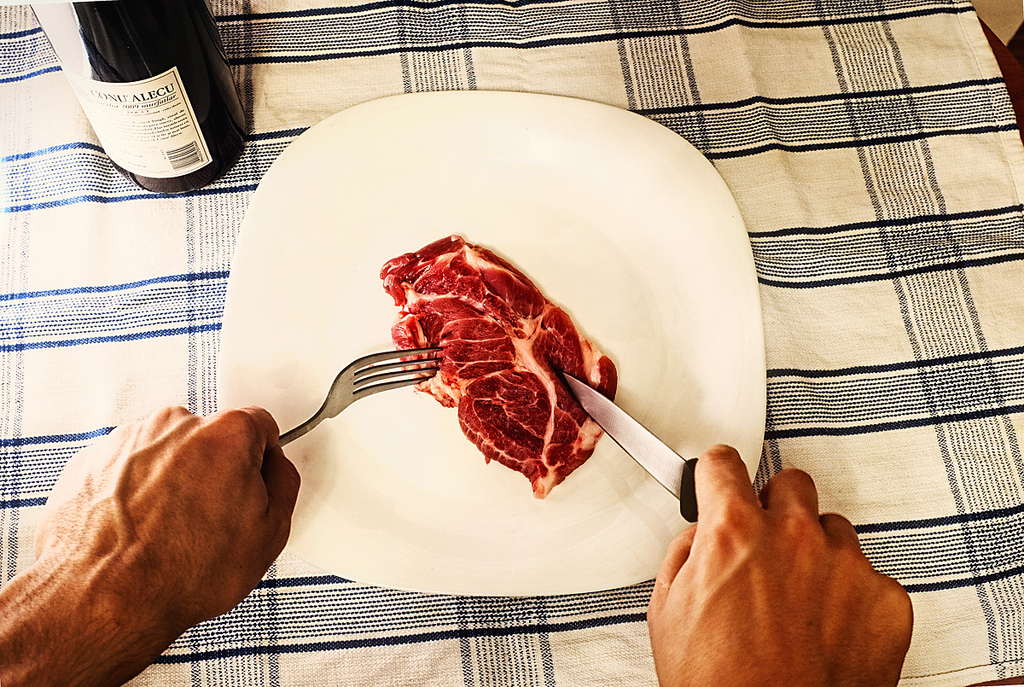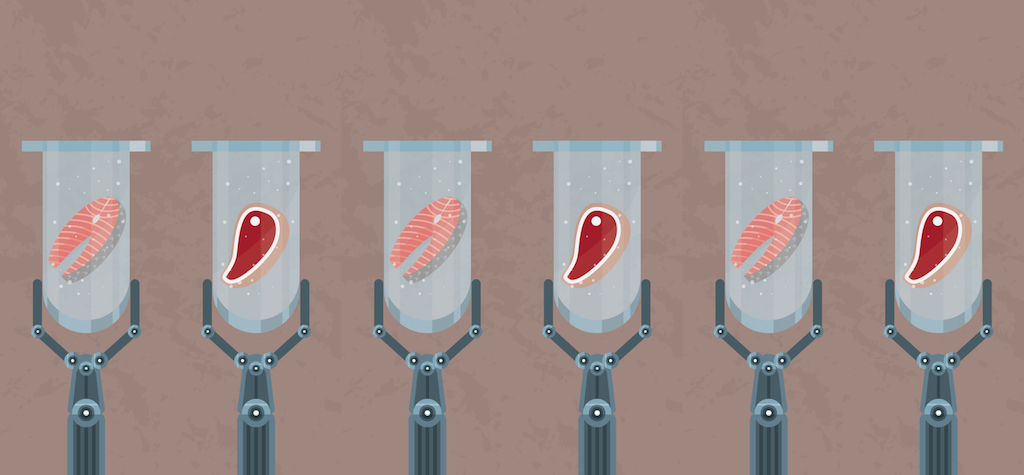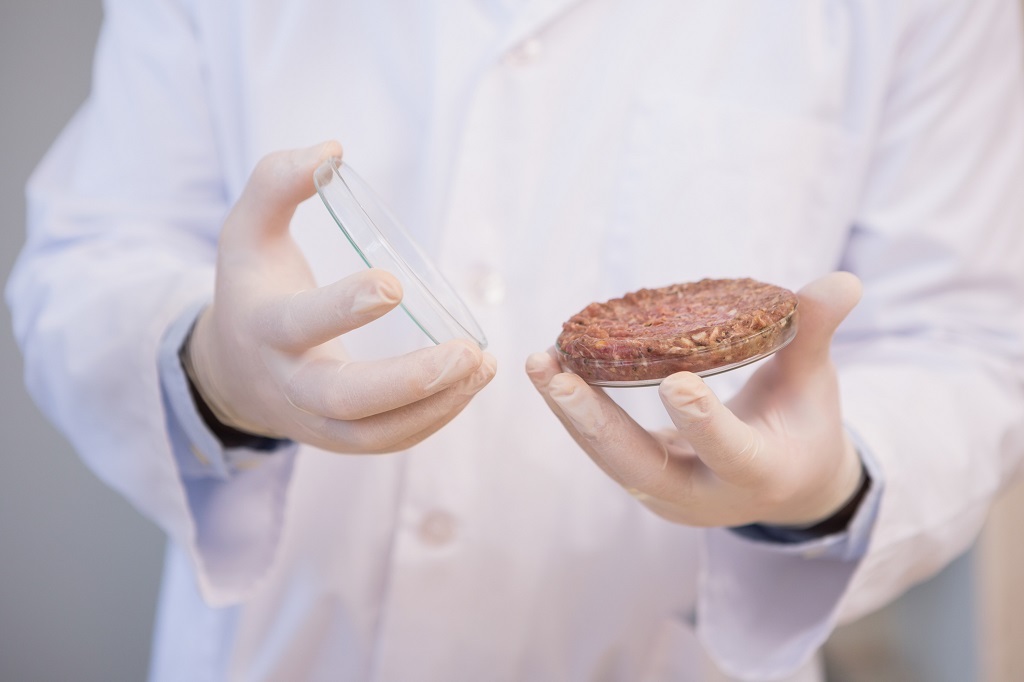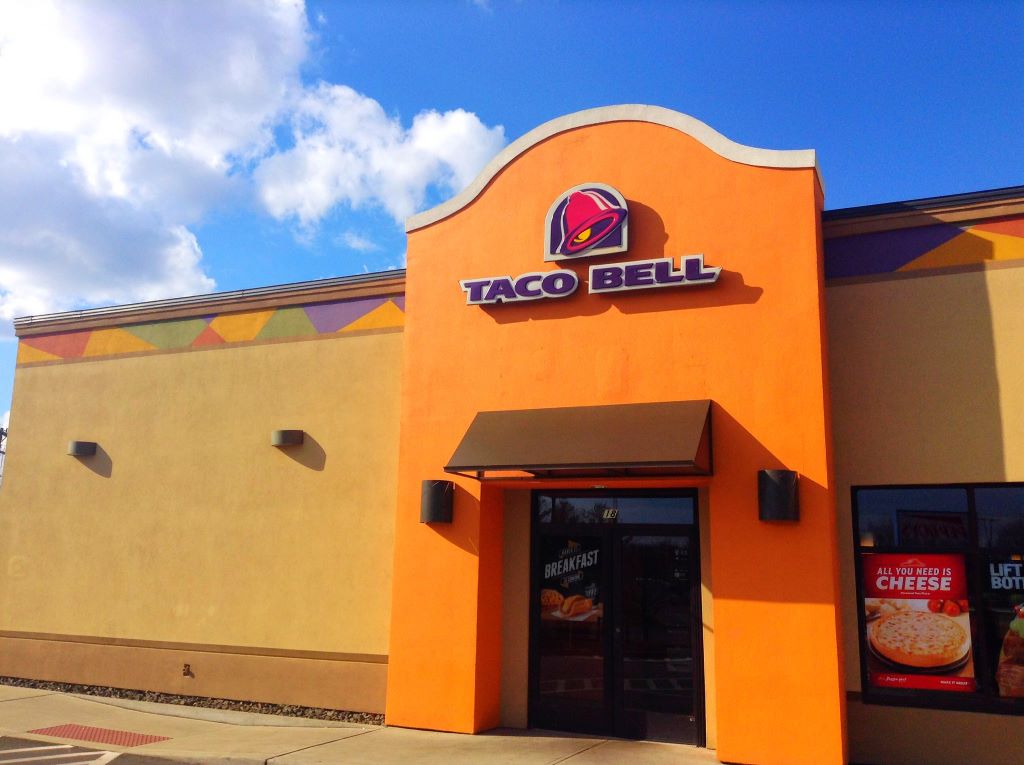“Watch out… or They Will Steal Your Growth!” reads the title of an October report from Rabobank, a Dutch multinational banking and financial services company for the food and agriculture industries. (And no, it’s not quoting a Trump tweet about trade policy.) The big scary “they”—the guys who are Stealing Your Growth—refers to alternative proteins, the until-very-recently underwhelming residents of the “meat substitutes” section of the grocery store. Sometime in the last few years, Silicon Valley waved its magic rebranding wand at that aisle and poof: The meatless burger, once the exclusive territory of picky teenage vegetarians, has graced the menus of David Chang restaurants and attracted investment from Bill Gates.
Now, it seems, some are concerned that “clean meat” might be here to stay. (“Clean meat” is one of several noms-du-jour for meat grown in cell culture—in other words, in vitro. It’s a marked, lab-grown departure from the nuts-and-seeds burger of yore.)
If Rabobank’s headline is to be believed, ranchers and hog farm owners have reason to lose sleep. But CoBank, the Colorado-based arm of the United States Farm Credit System, released a report last month that says quite the opposite: Nothin’ to see here, cowboys. In report-speak, CoBank calls the surge “A Long Road to Market Acceptance.”
Both reports agree that alternative proteins have gotten a lot of buzz. Both acknowledge that it’ll likely be a few years before cultured meat makes its way into restaurants and specialty groceries, then another few years after that before it’s available at your neighborhood grocer.
The overall global projections are looking pretty good for people in the business of raising animals
CoBank’s report focuses primarily on all the remaining unknowns: As of 2017, San Francisco-based food technology company Memphis Meats is spending $2,400 to make one pound of its cultured ground beef. That sounds like a lot until you consider last year’s price, which hovered around $18,000 per pound. But will a pound of cultured meat ever be cheaper than a pound of feedlot-finished ground beef? It’s unclear, and CoBank points out that people might not be willing to pay a little extra for the environmental halo effect. “Consumers’ willingness to pay a premium for these production claims”—naturally raised, organic, grass-fed—”appears to have reached a plateau at about 3.5 percent of beef sales.”
Back to Rabobank: Whereas CoBank considers only lab-grown meat, this report is looking at everything from ingredient substitutes (cricket flour over traditional wheat flour, for instance) to Morningstar patties. Viewed from that angle, the picture is a little different: In Europe, for instance, the growth in demand for alt-protein products over the next five years is expected to represent a third of all growth in protein demand. (In the United States, alternative protein is expected to make up about 2 percent of all demand growth.)
Furthermore, measured by weight, the alternative proteins eaten in Europe could nearly double from 130,000 tons to 250,000 tons in the next five years (250,000 represents the upper boundary of the bank’s estimate; the lower boundary is 200,000 tons). The weight of U.S. alt-proteins is projected to see a compounded annual growth rate of about 6 percent per year.
“It would not be wise for animal protein companies to ignore the drivers of alternative proteins growth.”
To be clear, Rabobank agrees with CoBank that alternative proteins aren’t going to replace Big Macs anytime soon. It also acknowledges that most people really aren’t going to be willing to pay extra for protein substitutes on a regular basis.
But the Rabobank report paints a picture of an emerging trend that needs to be taken seriously. “While doing nothing is always an option in business, in Rabobank’s view, it would not be wise for animal protein companies to ignore the drivers of alternative proteins growth,” its concluding paragraph reads. “The market is asking questions of the whole animal protein supply chain, and some consumers are voting with their wallets in favour of alternative proteins.”
